When an autumn holiday is mentioned, one’s mind tends to go towards brightly colored autumn leaves, hayrides, pumpkin patches and hot chocolate. The weather gets crisper, the wind has an almost electric chill, and the promise of a changing season gives people something to look forward to. School is back in session, and many have returned from their summer vacations refreshed and ready to take on the final quarter of the year. But what of those of us who had to suffer through the agonies a summer trapped in our offices? What about those of us who had to work through those warm and alluring months, and now see autumn as our time to carve out the perfect holiday? Did we wait too long for the vacation we’ve been dreaming of?
Absolutely not. In fact, grab those swimsuits and sunscreen: it’s time to explore Crete and Rhodes in the fall.
Fall in the Greek Islands

There is a palpable image many of us have of these islands, the ultimate summer paradise that promises an escape like no other. And yes, one can’t deny the appeal of beating the summer heat with a pleasant day at the beach. However, those who wait until the autumn to travel to the Greek Islands are rewarded with cheaper flights, lower crowds, and an average temperature that, while warm, is much more temperate. Instead of baking in the heat of summer, travelers can comfortably enjoy their days in temperatures of 77° Fahrenheit rather than a dehydrating 90°.
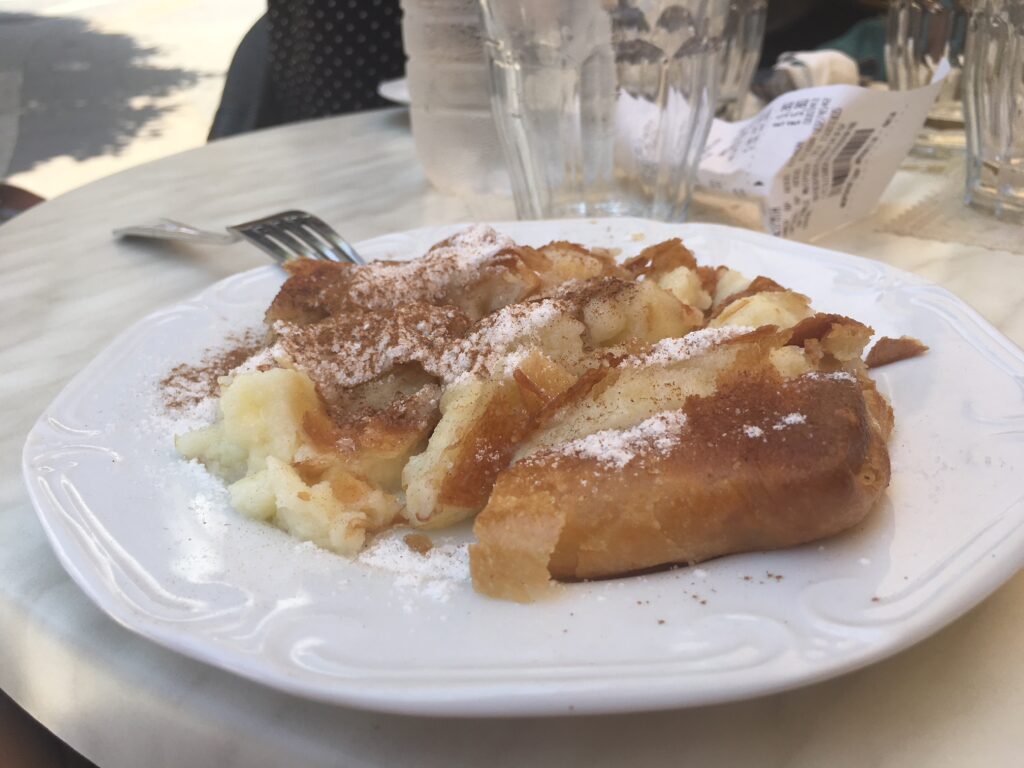
This makes this an ideal time to hike the Samaria Gorge on Crete, or the Butterfly Valley on Rhodes. Instead of suffering a sweltering sun and crowds that could make these outdoor activities more of a trial than a pleasure, lovers of the great outdoors can explore without as great a fear of heatstroke. The water is as cold as ever, but the days are still warm enough to keep the bikinis easily accessible, so long as a thin sweater is in your bag for the late evening. Wandering around monuments, such as Rhodes’ Acropolis of Lindos or Crete’s Palace of Knossos, become much easier to navigate in a kinder sun. Indeed, Crete in the fall is like a paradise: the city of Heraklion is far less crowded out of season, and getting a table at your favorite restaurant is far easier than it was only a few weeks before. There’s nothing quite like enjoying some autumn bougatsa at Philosophies, sitting outside as the slightly cooler air leaves for a much calmer people-watching experience.
The Fall Festivals of Rhodes
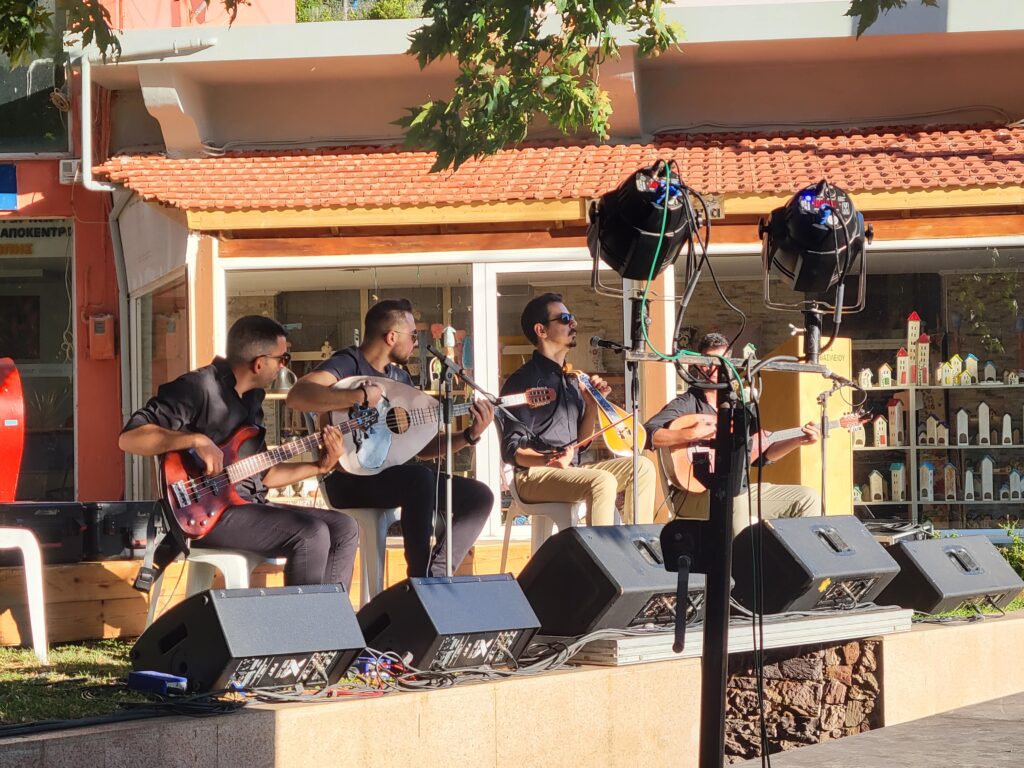
There are also special festivals that travelers can’t experience at any other time of the year. On the island of Rhodes, the end of September ushers in the European Polyphony Festival, an artistic festival celebrating “classical music, visual arts, and cinema.” This twelve-day festival boasts showcases of different visual mediums, such as photography, sculpture, and film, as well as various musical concerts, parades, workshops and lectures. It is certainly the artistic event of the season on the island, and those who are patrons of the arts should be sure to make the pilgrimage.
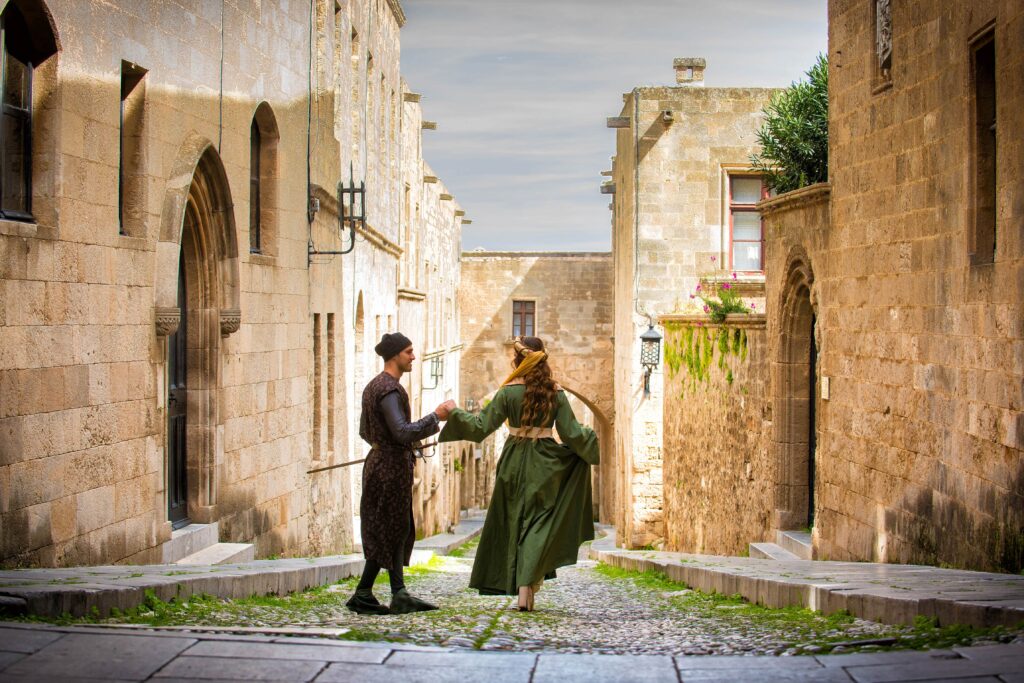
For fans of medieval history (or some fun fantastical role-play), there’s also the Medieval Festival of Rhodes in October. The dramatic setting of the Old Town, replete with immersive architecture that sends travelers hurtling back in time to the days of knights, witches and dragons. The festival has exciting workshops that illustrate life back in the day of the Knights Templar, such as mosaic art, pottery, woodworking, grass rope making, and even workshops to demonstrate how to make a silver coin. There are performances of medieval Grecian music, plays, storytelling events, and opportunities to learn medieval games with those who have studied them, (or at least to brush up your chess knowledge). The piece de resistance is the Chase of the Dragon, where three teams of lucky applicants re-enact the legend of the Dragon of Rhodes, who was said to have lived on St. Stephanos cliff. This mighty dragon allegedly terrorized the townsfolk of Rhodes who lived on the island during the 14th century, until it was slain by Dieudonné de Gozon, Grandmaster of the Knights of Rhodes. The teams participating in the Chase of the Dragon will work together to solve riddles, uncover the dragon’s path, and engage in general questing knight behavior. Of course, those of us English speakers are advised not to participate without a Greek speaker, but all ages are welcome to apply. What better way to usher in October than by chasing a dragon?
The Fall Festivals of Crete
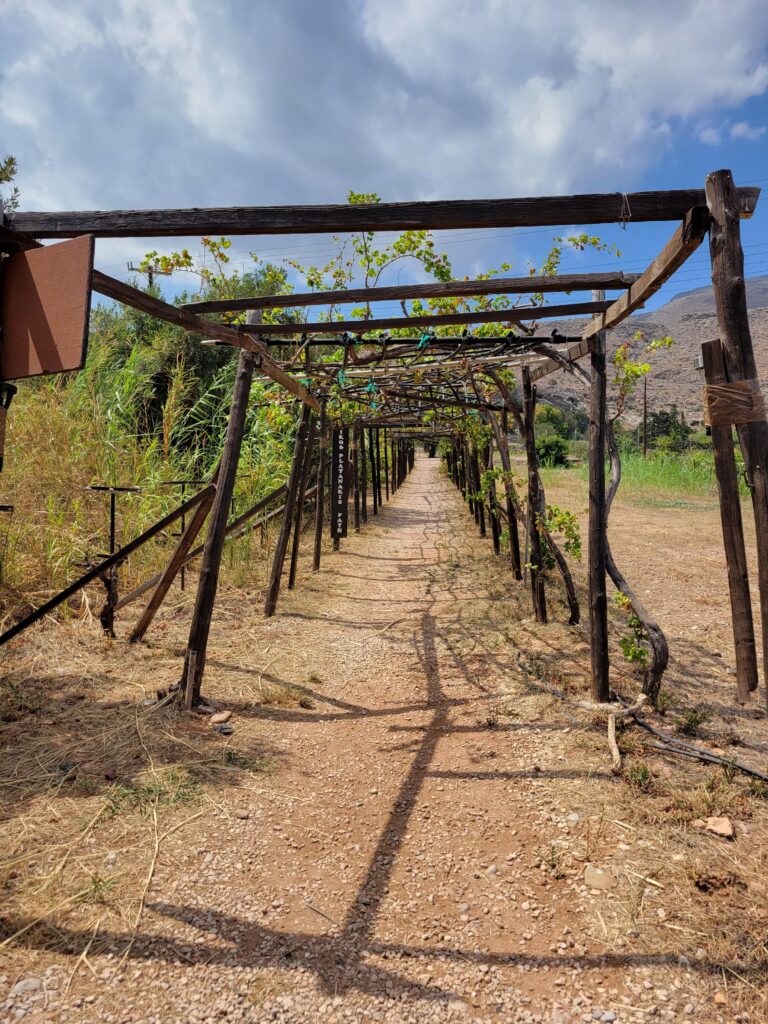
On Crete, festivals of a different kind are taking place. Autumn is a time of harvest, and the most popular way to celebrate grape harvesting is with the Kazanemata, or the Cauldron Feasts. Also known as Kazania, this autumn festival is when Cretan farmers distill their famous Raki in the copper cauldrons necessary for the lengthy process of turning grapes into liquor. Though this festival takes place in November, a time when a chill has finally started to settle over the island and rainy days are more commonplace, the event is not to be missed should you want a real insight into Cretan culture and life.
There is also the Elos Chestnut Festival, which takes place in the Cretan town of the same name. This festival date changes every year, so there is no real way to give you a decent time estimate as to when you should plan your trip except for roughly October/November. If you are lucky enough to make it to the Chestnut Festival, you’ll join a lively party with singing, dancing, and of course, lots and lots of chestnuts. No one celebrates a good harvest quite like the people of Crete, so if you are lucky enough to find yourself in Crete on those days, you should prepare to celebrate.
Dreams of Autumn
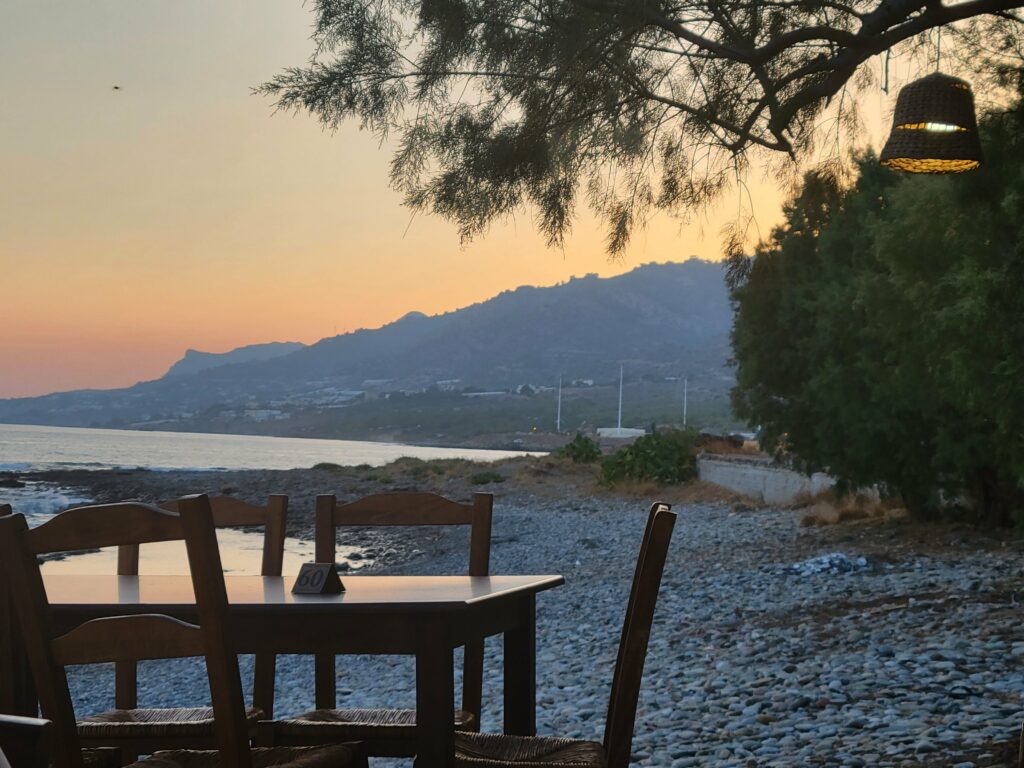
Autumn is an oft overlooked but magical time to be in the Greek Islands, especially if an overcrowded, hot, and hectic summer isn’t what you had in mind for your ultimate vacation. While everyone else is preparing for hayrides or a new school year, maybe this is your time to experience a paradise in a whole new way. Will you hunt for dragons in the streets of Old Town in Rhodes? Take part in the Kazanemata with the farmers of Crete? Or will you explore these islands to your heart’s content, with less crowded streets for as long as the sun keeps shining?
Maybe it’s time you dreamed a little bigger for your autumn vacation.

